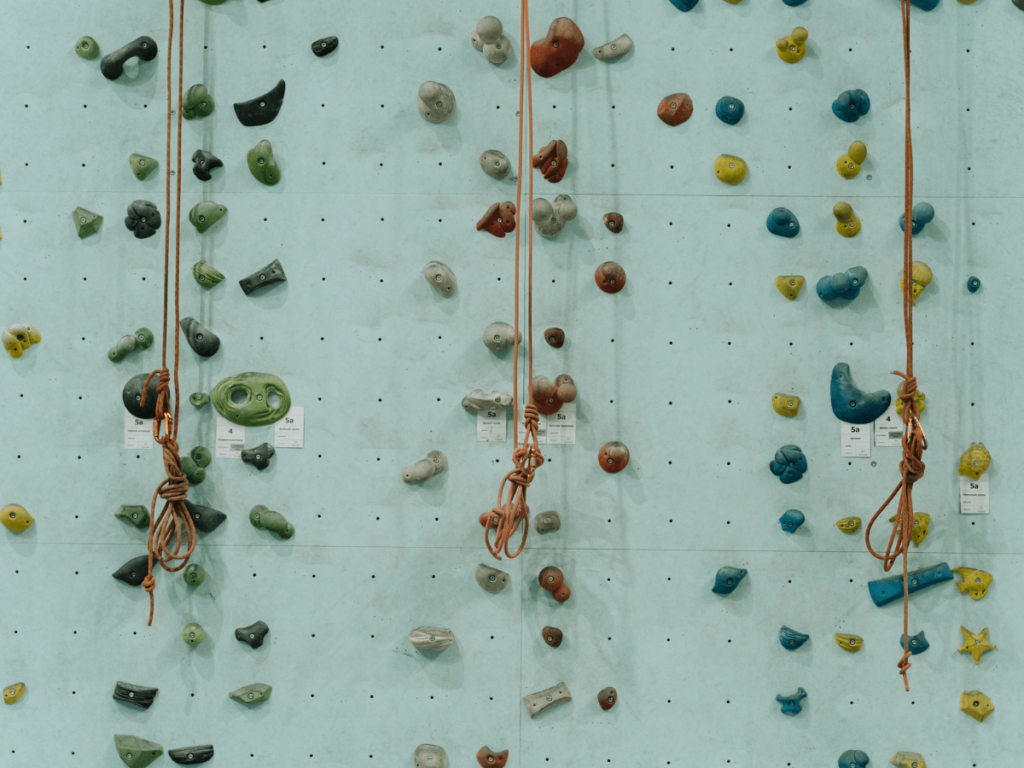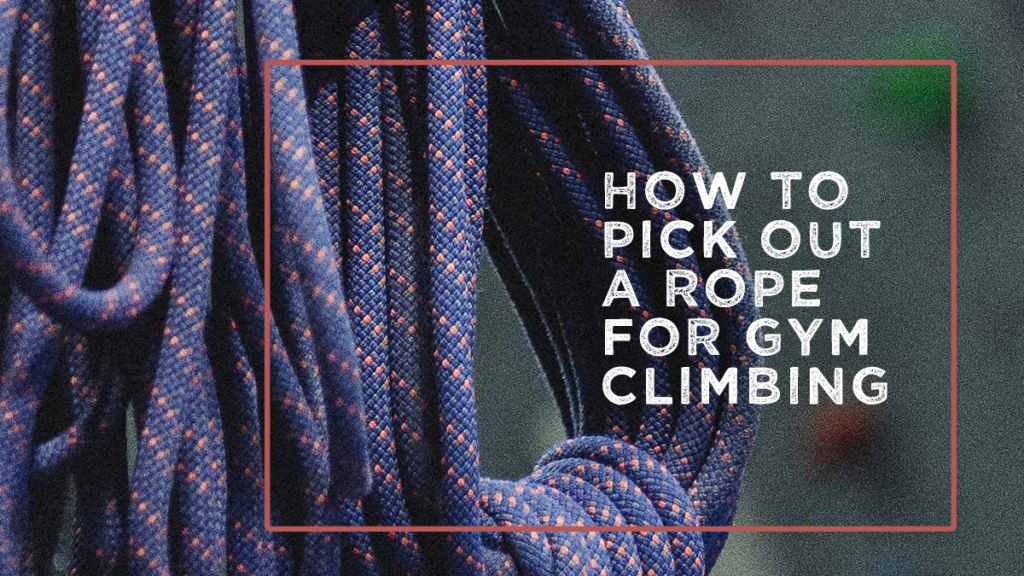Picking out your first climbing rope is an exciting and essential part of beginning your outdoor climbing journey. With this rope, you will have harnessed the power of sport climbing, and a whole new realm of possibilities will open up to you (or you’ll just be able to stop climbing on your friend’s rope and their schedule). Like with any successful product on the market, there are options galore. If you need to know what to look for, you can get fooled by fancy ads and claims, and before you know it, you’ve spent $400 on a rope that you only understood half of the features in the description. To avoid the headache and confusion, save some cash, and maybe even avoid online purchasing trauma, let’s break down the basics about climbing ropes and how to know if you found a suitable and safe gym rope.
How to Pick Out a Rope for Gym Climbing
Length
Despite being confined to the height of the building, gym walls can range from 25 feet to 60+ feet (even taller in Europe). This height range means you’ll want a minimum rope of 45 meters long. However, the ideal is 50 meters. That should ensure you can climb in most indoor gyms (at least in America) and, over time, be able to cut the ends as they wear down and still be able to use the rope.

Thickness
For gym climbing, you’ll want a thicker rope to increase the durability and lifetime of the rope. Look for one that is 9.5 mm thick or greater, with an ideal thickness of 9.8 mm. Climbers typically opt for lighter ropes when outdoor climbing because they must hike with the rope’s weight to the wall. However, with a gym rope, you only have to lug it from your car into the gym and back. So, don’t worry about a thicker rope being slightly heavier.
Dry Ropes
If a rope says it’s a “dry rope,” it has been treated to maintain integrity if exposed to water or moisture. Usually, this feature increases the cost, so don’t worry about buying a dry rope. Those are useful when climbing outside, and the ground may be wet, or it starts raining. Unless you plan on repeatedly spilling your water bottle on your gym rope, skip the dry rope feature.
Keep it Simple
As we said, some ropes have many added perks and features. Most of those features are optional if you want it to have a safe and long-lasting life. Instead, check to ensure your rope is from a reliable company. Checking product ratings online is simple once you find a brand/rope name you might purchase. Mammut, Edelrid, Sterling, Beal, and Black Diamond are notable brands that carry reliable and simple gym ropes.
Rope Bag
While a gym floor is dirt- and critter-free, a rope bag is a good idea to keep your rope nicely stored, knot-free, and easier to transport to and from the gym. Like with buying your rope, keep it simple. You don’t need a fancy bag. Sometimes a tarp works just as well. However, having a rope bag is not necessary. It’s just an excellent addition.
If all else fails, remember that a gym climbing rope ideally is 50 meters, 9.8 mm thickness, does not say “dry rope,” and has minimal bells and whistles.
Hopefully, these notes help as you browse the interwebs and embark on this exciting time. We send you our good wishes, and if you need any more guidance along your rope-buying journey, let us know in the comments below! Happy shopping and sending!
